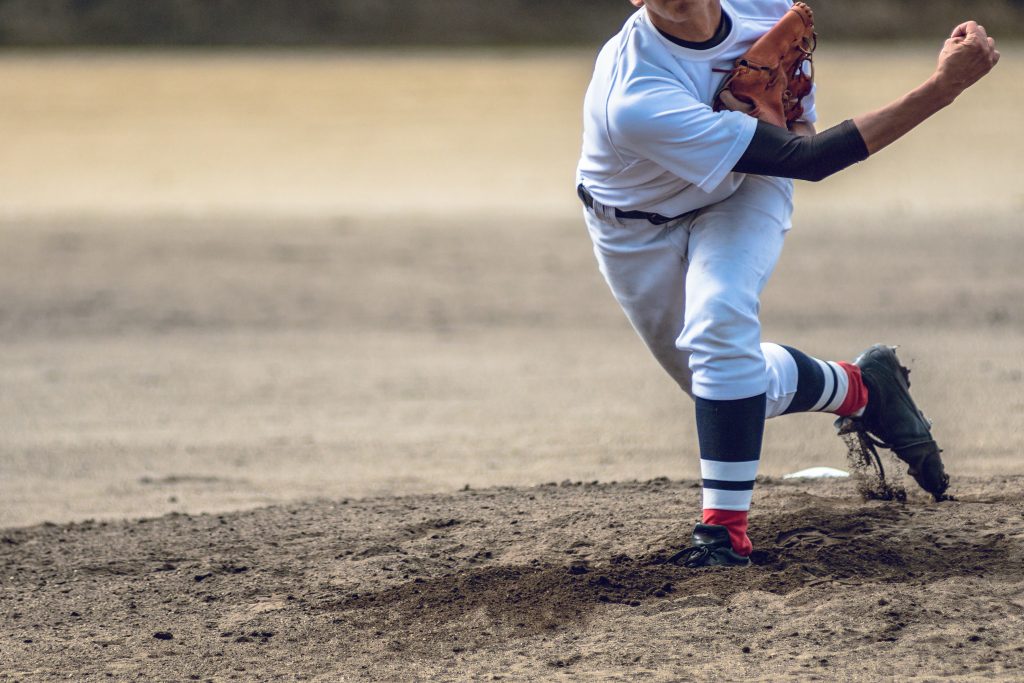How To Prevent Foot & Ankle Injuries In Your Student Athlete

No parent wants to have their child be put on the sidelines due to an injury on the playing field. While you can’t foresee every circumstance your child will run into while playing sports with their classmates, there is a lot you can do to prevent some of the more common injuries student-athletes experience.
Injuries seen in younger athletes fall into three categories:
- Injuries related to growth
- Overuse injuries
- Acute presentations
Common Injuries In Student-Athletes
- Injuries related to growth. As children hit puberty and experience growth spurts, it’s not uncommon for injuries associated with this set of circumstances. As your child undergoes a growth spurt, their skeleton is more vulnerable to injury. Their bones are more porous, and as they participate in sports and gain muscle mass, sometimes this can put too much stress on their joints and muscles. Often, the bones grow slightly faster than the tendons, muscles, and nerves; this leads to posture problems and tightness of strong attachments. A common site of growth-related injury in a student-athlete is Sever’s disease of the Achilles tendon.
- Overuse Injuries. These types of injuries involve damage to bones, muscles, ligaments, or tendons due to repeated stress. Growth plates are particularly vulnerable to overuse. These are common during high-intensity practice sessions when it’s common for coaches to drill student-athletes on a certain play in football, basketball maneuver, etc., to help them hone their skills. Common overuse injuries are shoulder or elbow injuries in students who play baseball or softball – the repetition of throwing a ball or swinging a bat during practice can inflame cartilage and joints in those regions. Overuse injuries include injuries such as Achilles tendonitis and stress fractures. Try to be proactive. For example, if your child is a pitcher, consult with your coach or trainer about the appropriate pitch count.
- Acute presentations. These injuries are most common in contact sports, such as football. When two players collide on the field, injuries – bruises, fractures, concussions, etc. can occur even with protective gear. Urgent attention to such injuries is often warranted.
A Simple Way To Prevent Common Student-Athlete Injuries
Some of the most common injuries that student-athletes will experience are related to the foot and ankle. The importance of picking out the correct footwear cannot be understated – the ankle is the second most common injury in baseball players after the shoulder. In football, the foot and ankle account for 16% of all injuries. Foot and ankle injuries are also exceedingly common in basketball.
Here are a few things to keep in mind when picking out your child’s footwear. Be sure to also consult with your child’s coach and pediatrician to make sure you pick out the right footwear for your child’s particular set of circumstances.
- Rubber cleats aren’t always necessary for children under 10 – use an all-purpose sports shoe instead.
- Generally speaking, metal spikes shouldn’t be used until the teenage years.
- Flat feet or a rigid arch and the use of improper footwear may increase the risk of your child developing shin splints. Shin splints are also often associated with a very tight heel cord. Ensure you have the proper fit for your child, too – it does not hurt to re-measure the foot each year.
Beyond choosing the right footwear for your child, you should also make sure they follow their coach’s advice for at-home conditioning, training, and practicing. Ensuring that your student-athlete maintains their fitness throughout the holidays will ensure they have a much lower risk of injury when returning to the field. Cross-training is important. For children, just having fun matters too and don’t forget that!
You should also be sure to bring your child to their pediatrician or your favorite orthopedic surgeon for a yearly checkup. Sometimes, overuse injuries can be slight and even go unnoticed – but they still require an appropriate amount of rest. Regular checkups will ensure that such injuries won’t go unrecognized and untreated.





